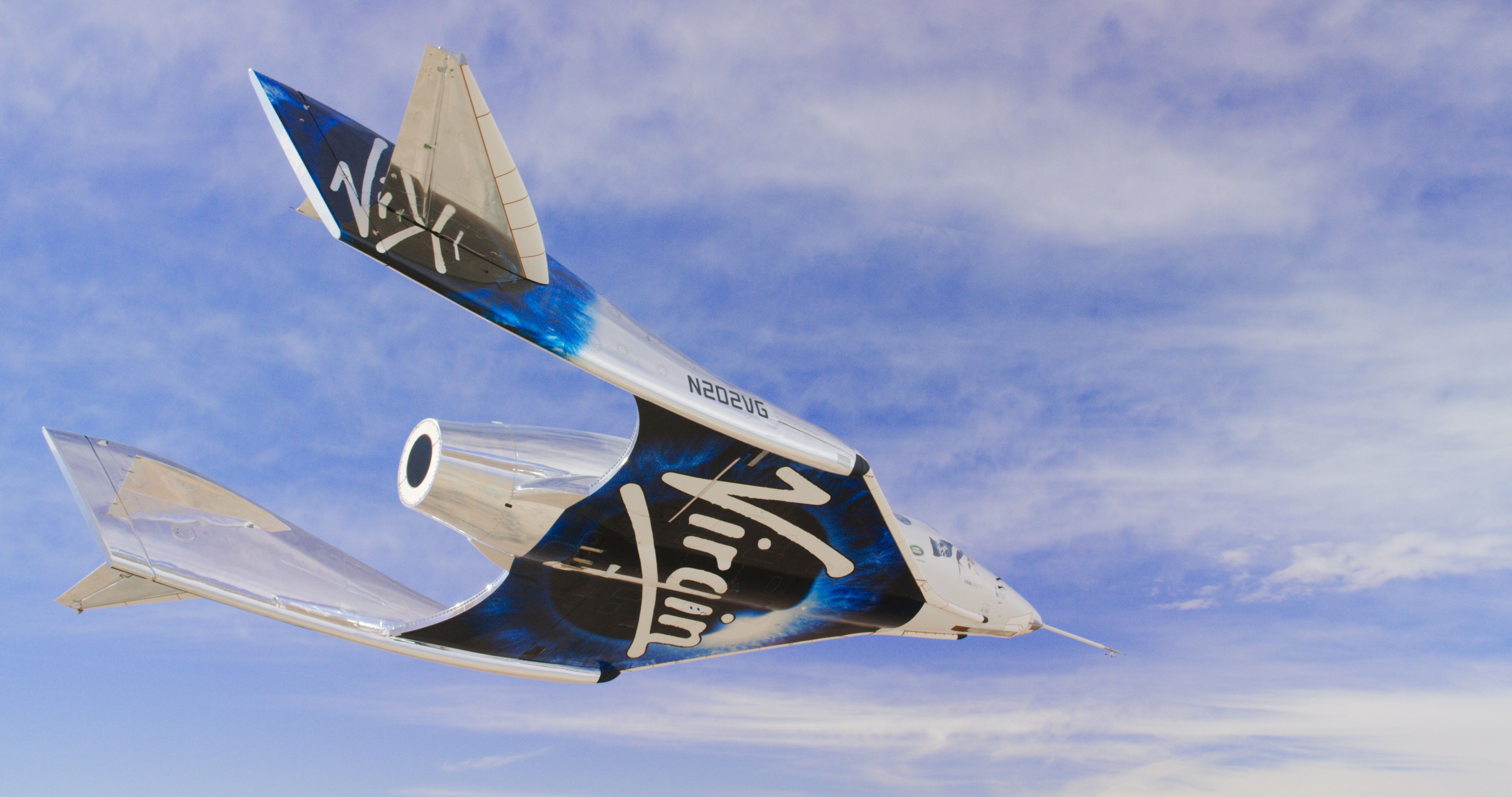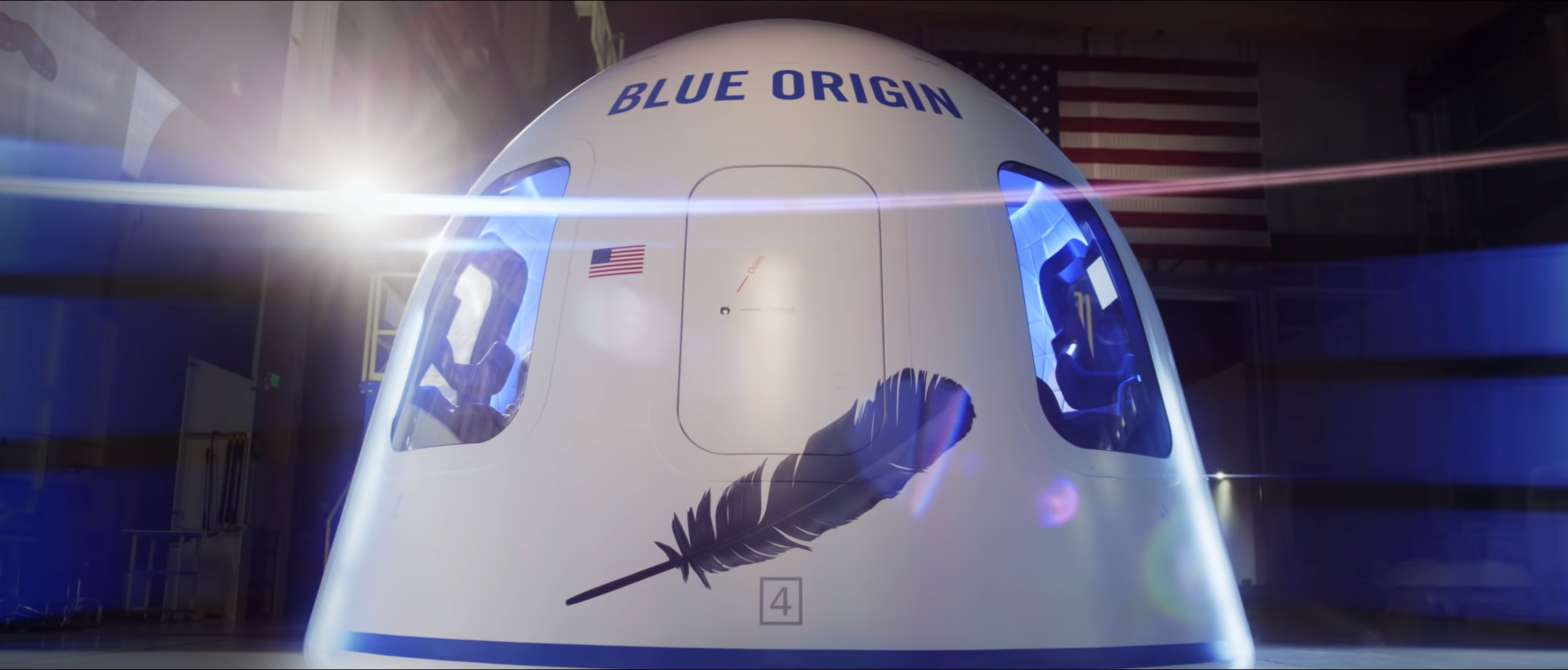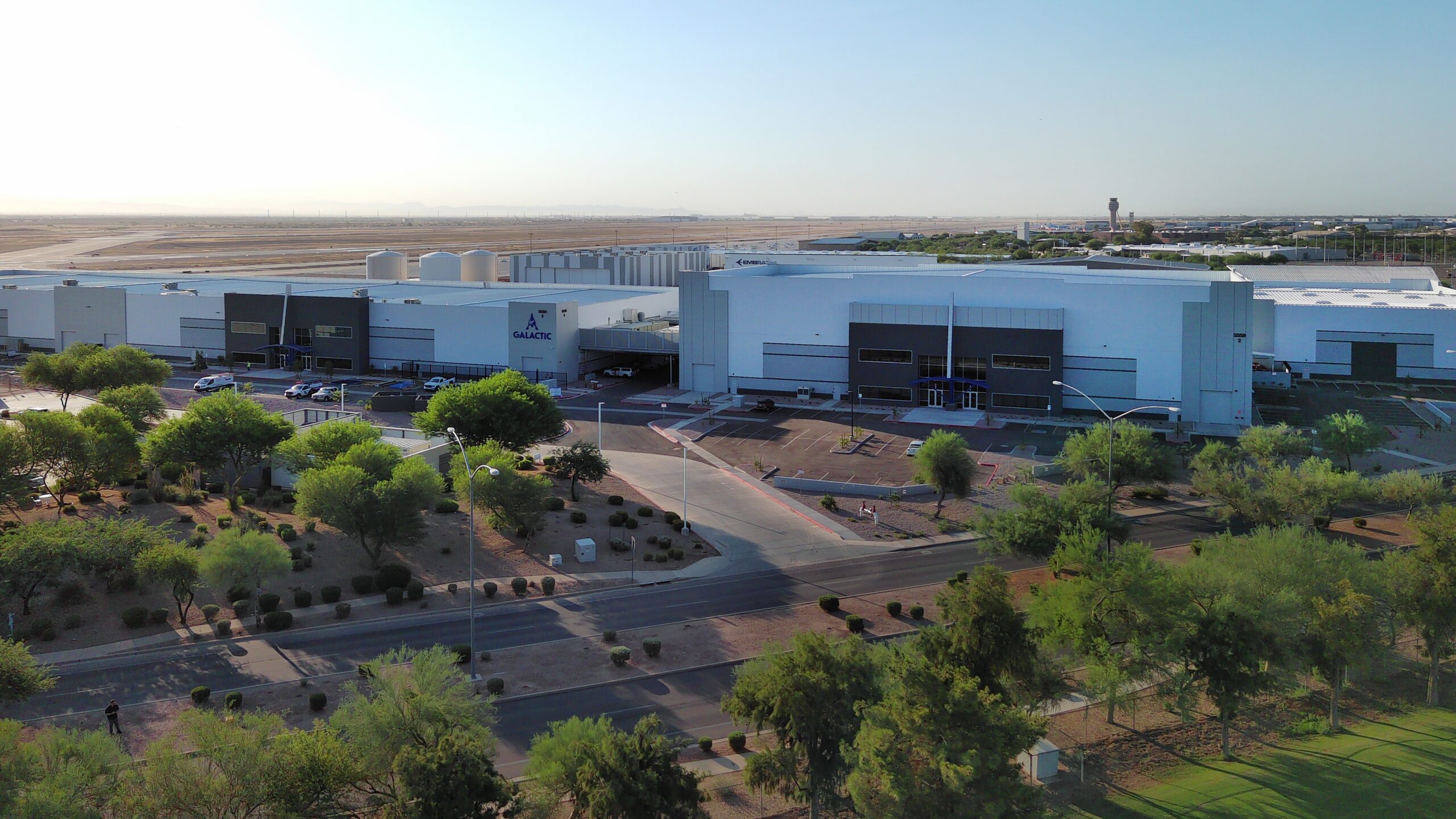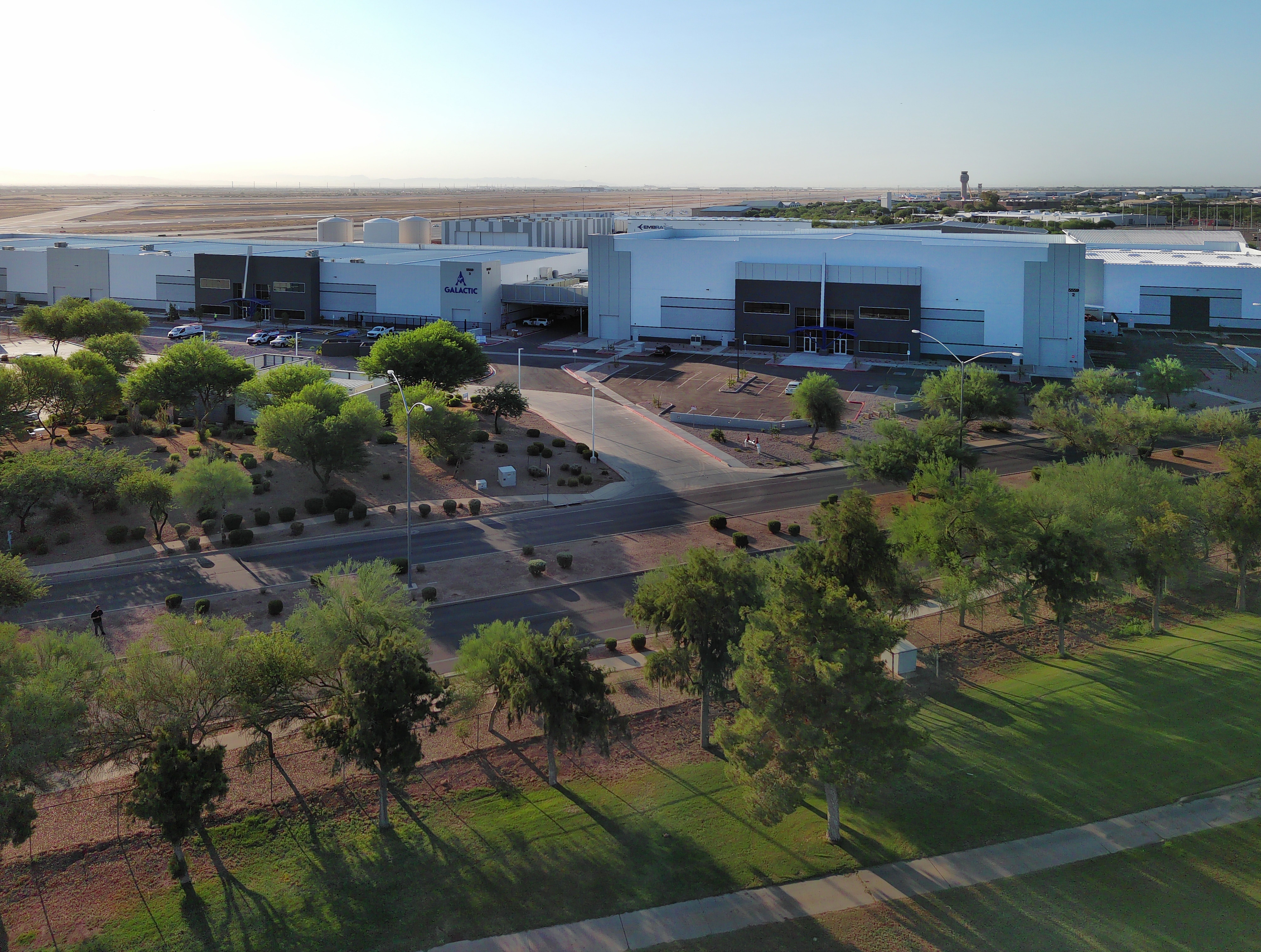Summary
- Virgin Galactic opens a new assembly facility in Phoenix, Arizona for its next-generation Delta Spaceships.
- The new facility will have two hangars, each with multiple bays for operational flexibility and efficiency.
- While spaceflight is currently expensive, given the time, the fares could come down as capacity and competition increase.
US-based Virgin Galactic Holdings has completed its new manufacturing facility in Phoenix, Arizona. Starting early next year, the company will use this facility as the final assembly point for its fleet of next-generation Delta spacecraft. While the major assembly process begins next year, the operations team has already begun preparing the facility.
A brand-new facility
Virgin Galactic announced today that its purpose-built final assembly facility for its next-generation spaceships has received its occupancy certificate and is now completed. Virgin will be using this facility as a meeting point for various major components of its fleet of Delta spaceships before they are assembled.
While the first of the spaceships is expected to complete its assembly process during the first quarter of 2025, Virgin Galactic’s technical team and manufacturing personnel have commenced preparation of the new facility to make it ready to receive tooling, which is expected to be integrated into the facility by the fourth quarter of this year.
The facility will have subassemblies of major spaceship components, such as the Fuselage, Wings, and the Feathering System. Apart from the assembly line, this facility at Phoenix will also act as the ground testing point for the Delta spacecraft before they can be carried by Virgin Galactic’s “mothership” to Spaceport America in New Mexico, where flight testing will take place.
The mothership – also known as VMS Eve (Virgin Mother Ship), is named after founder Richard Branson’s mother – Evette Branson.
Inside the facility
The facility has been designed to give the staff inside maximum flexibility in assembling and testing the spaceships. With two hangars, each housing multiple bays, supported by Virgin Galactic’s “digital twin” technology, there will be seamless integration between the company and the suppliers, enabling real-time collaboration.
The facility, along with integrated technology, ensures maximum productivity efficiency and reliability. In addition to the facility in Phoenix, Virgin Atlantic opened a ground testing facility for Delta subsystems in Southern California earlier this year.

Related
Virgin Galactic Reveals New Arizona Spaceship Manufacturing Site
Virgin Galactic has accquired another spaceship assembly plant.
Virgin Galactic CEO – Michael Colglazier stated,
“The completion of our new manufacturing facility is an important milestone in the development of our fleet of next-generation spaceships, the key to our scale and profitability. Tooling will begin arriving in a matter of months to support spaceship final assembly, which we expect to commence in Q1 2025.”
Virgin Galactic is working with a series of deadlines it hopes to meet. While the first of the spacecraft completes assembly during the first quarter of 2025, the spaceships will still be required to undergo flight testing before they can begin commercial service in 2026.
Making space more accessible
With the company tagline – “The Future Of Space Travel Has Arrived”, Virgin Galactic is certainly taking great strides toward making space more accessible. With a capacity of carrying six commercial passengers per mission, the next-generation spaceship will be capable of performing up to eight missions each month, which means each spacecraft can carry up to 48 private passengers to space every month.
While spaceflight is currently extremely expensive, Virgin Galactic is aiming to manufacture up to six new spaceships every year, and competitors are making more space capacity available, which will result in the fares for space flights eventually being reduced, thus making them more accessible to the general public.
As with any other industry, over time, more players will enter the industry, resulting in further competition. This could potentially drive an increased demand for space tourism, ultimately making space even more accessible.

Related
Bezos Follows Branson: Blue Origin Set To Launch Into Space


